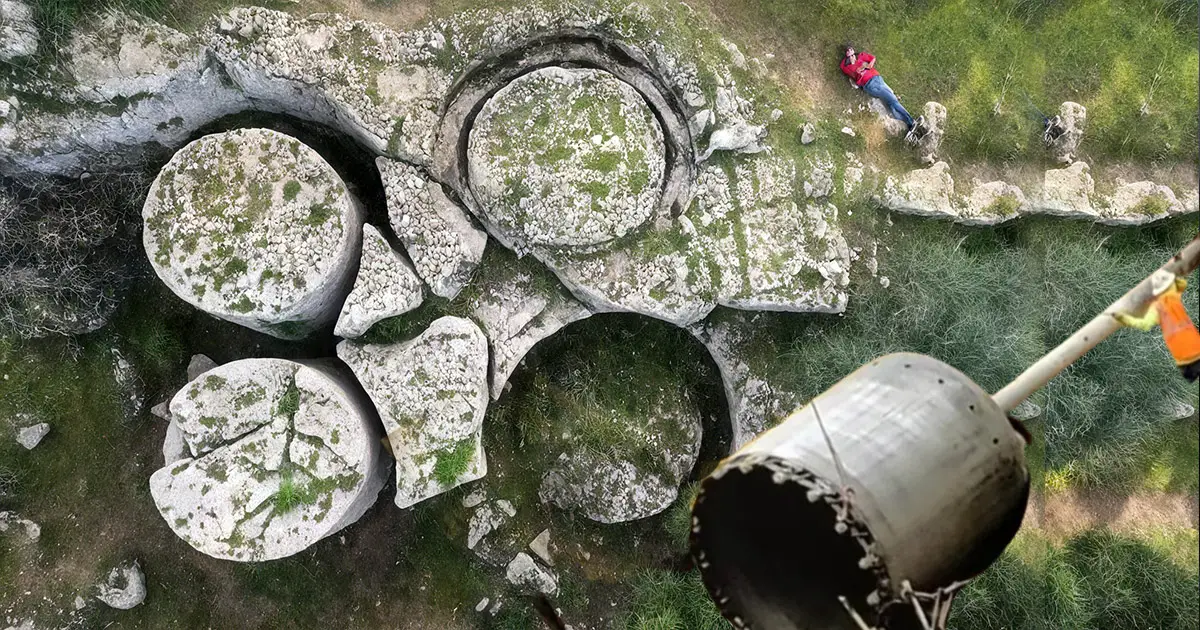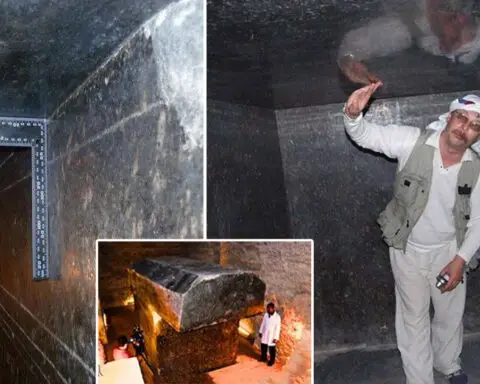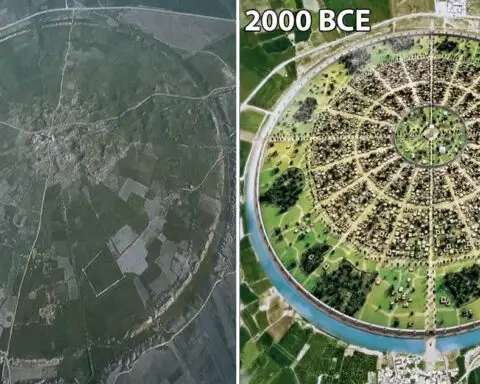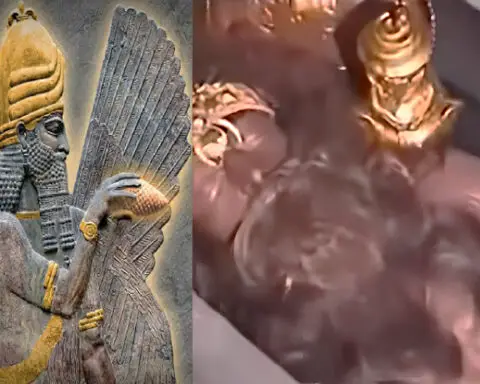Nestled within the lush landscapes of Sicily, Italy, Cave di Cusa stands as a testament to ancient craftsmanship and mystery. This ancient quarry, known for its gigantic limestone columns, has puzzled historians and archaeologists alike. The question that arises is whether the ancient creators used primitive tools or if the marvel of modern machinery was involved in carving these majestic stone giants.
Cave di Cusa, with its towering columns stretching up to 60 feet and weighing tons, poses a captivating enigma: How were these monoliths crafted with such precision and smoothness? This question leads us to the depths of ancient engineering and the possibility of lost technologies.
Unveiling the Secrets of the Columns of Cave di Cusa
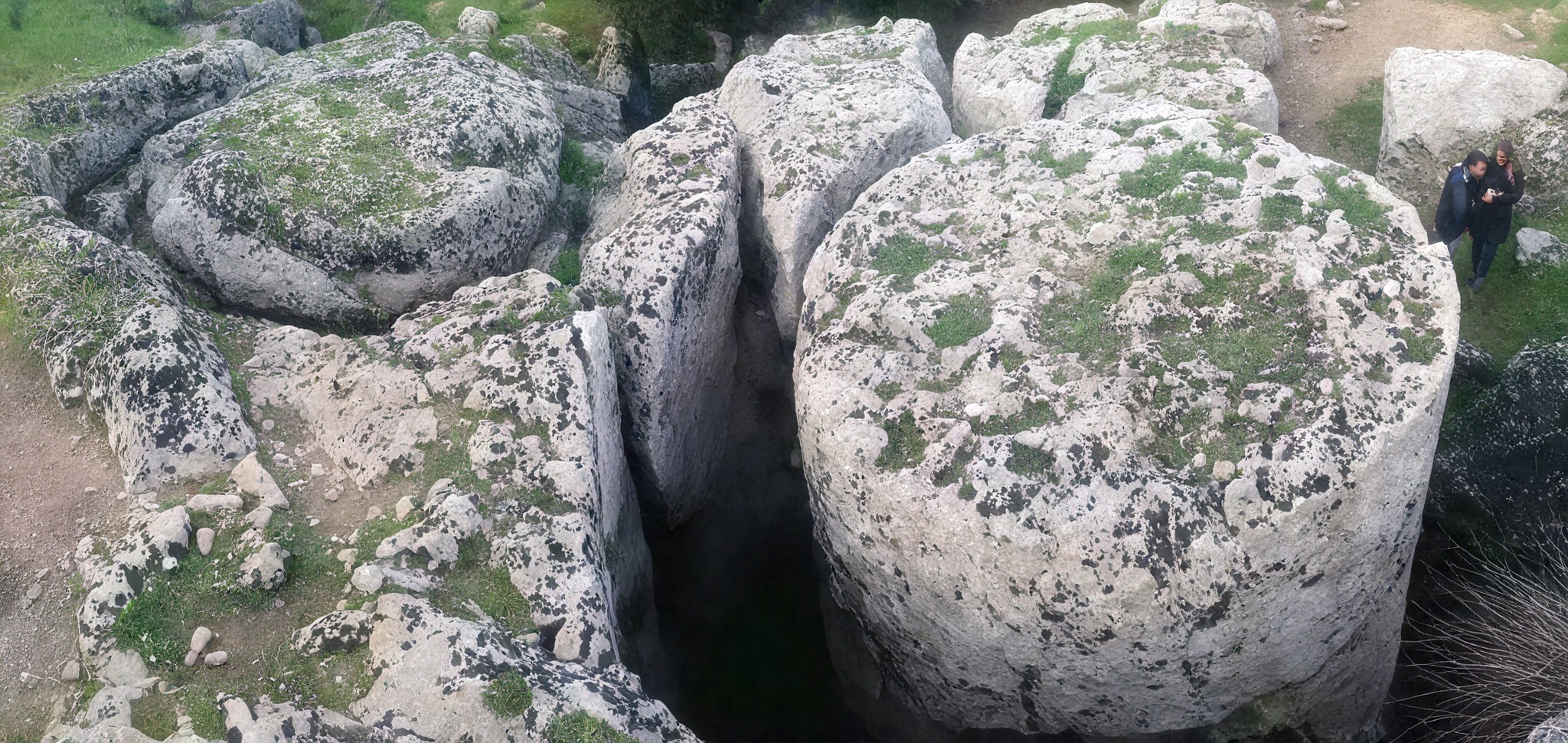
The columns of Cave di Cusa have been a source of fascination due to their immense size and the intricacy of their craftsmanship. Originating from the 6th century BC, these structures were primarily intended for the construction of Selinunte’s temples. Traditional explanations suggest the use of hand tools and sheer human effort in their creation. However, the hypothesis of modern machinery’s involvement offers an intriguing alternative.
The Core Drill Theory: A Modern Perspective on Ancient Techniques
A particularly fascinating aspect of this mystery is the theory that core drills might have been used in the crafting process. This technology, capable of producing precise cylindrical cores, suggests a level of sophistication that could explain the uniformity and finesse of the columns. If ancient builders employed such methods, it would significantly alter our understanding of their technological capabilities.
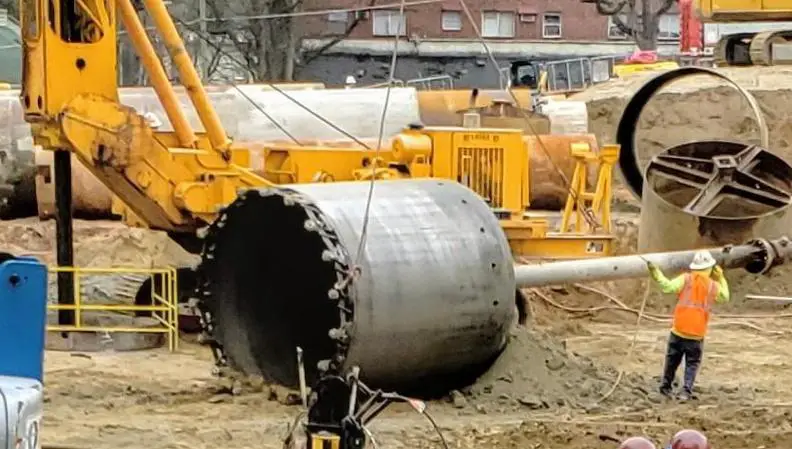
Exploring the Engineering Marvels of the Ancients
The notion that advanced machinery could have been used at Cave di Cusa does not detract from the ingenuity of the ancients. Instead, it highlights a potential technological prowess, suggesting that these civilizations possessed knowledge and skills far beyond what is traditionally acknowledged.
The Ongoing Quest for Understanding
The debate surrounding the techniques used to create the columns of Cave di Cusa continues to inspire research and exploration. While the core drill theory remains speculative, it opens up new avenues for archaeological investigation, urging scholars to delve deeper into the secrets of ancient craftsmanship.
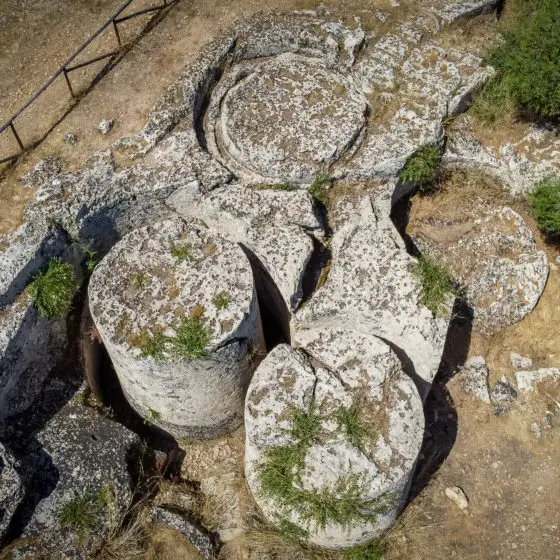
The columns of Cave di Cusa continue to stand as a beacon of ancient mystery, captivating the imagination of all who gaze upon them. Whether shaped by the hands of skilled artisans or the use of advanced technologies, these monumental structures remain a symbol of human creativity and determination. The quest to unravel their secrets goes on, inviting us to explore the vast and intricate tapestry of human history.
VIDEO:

